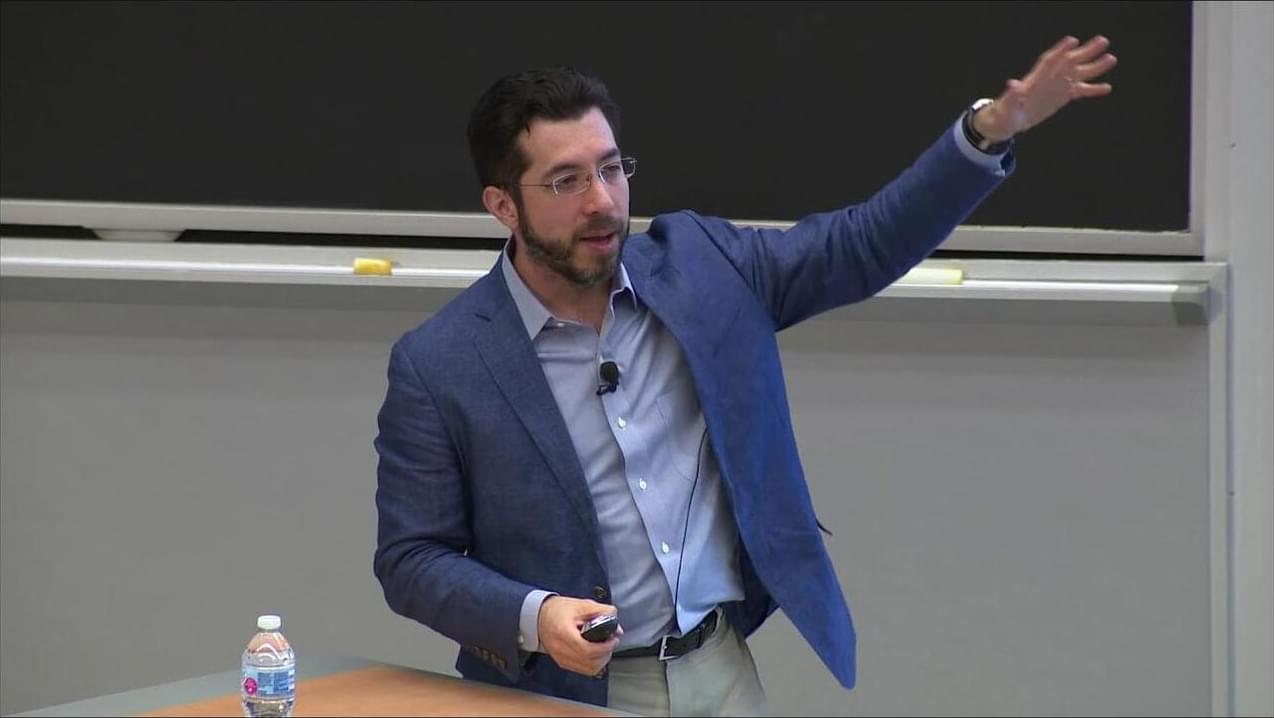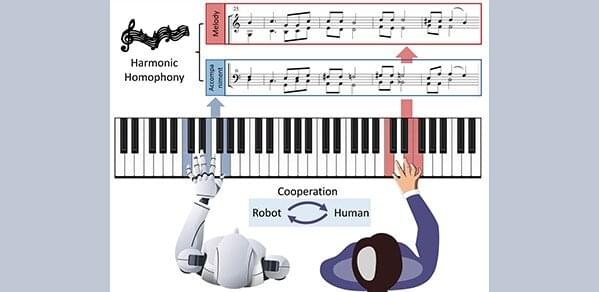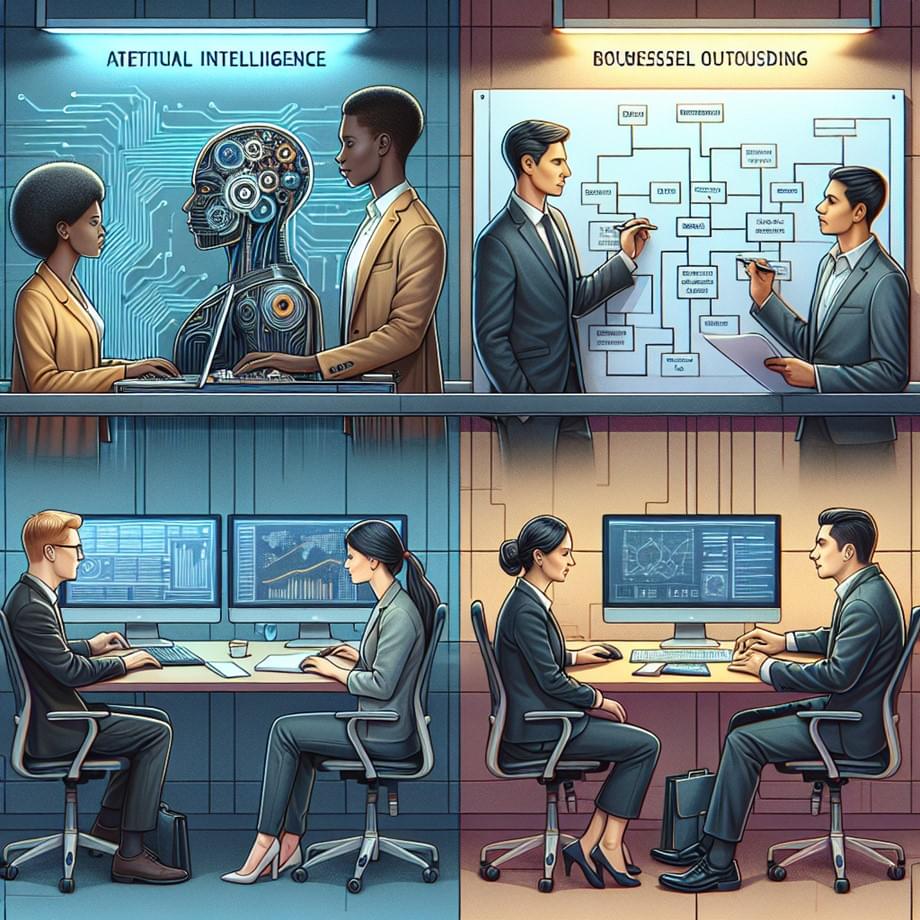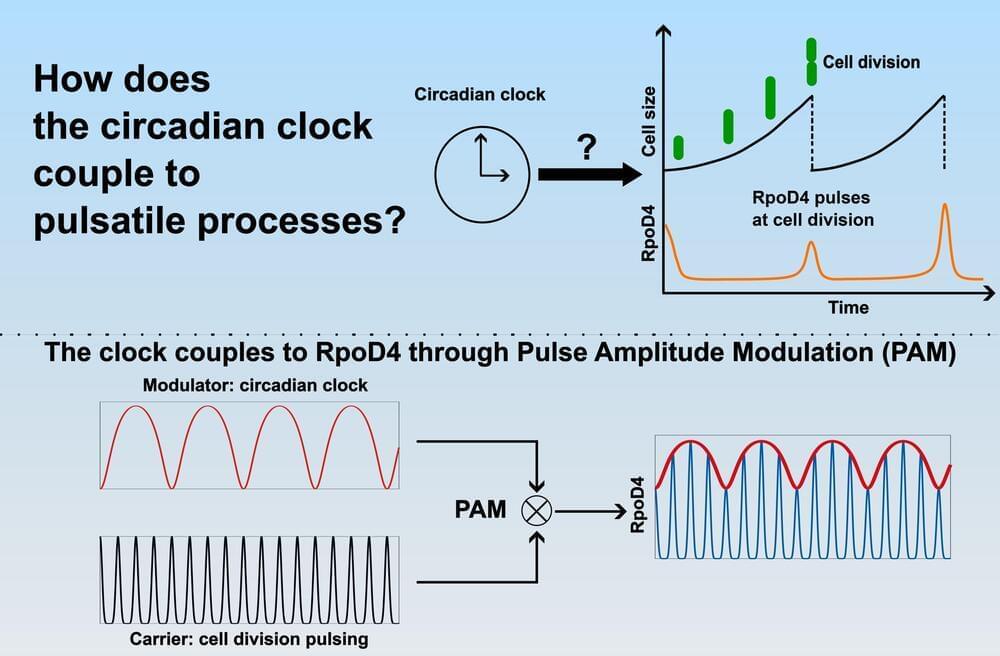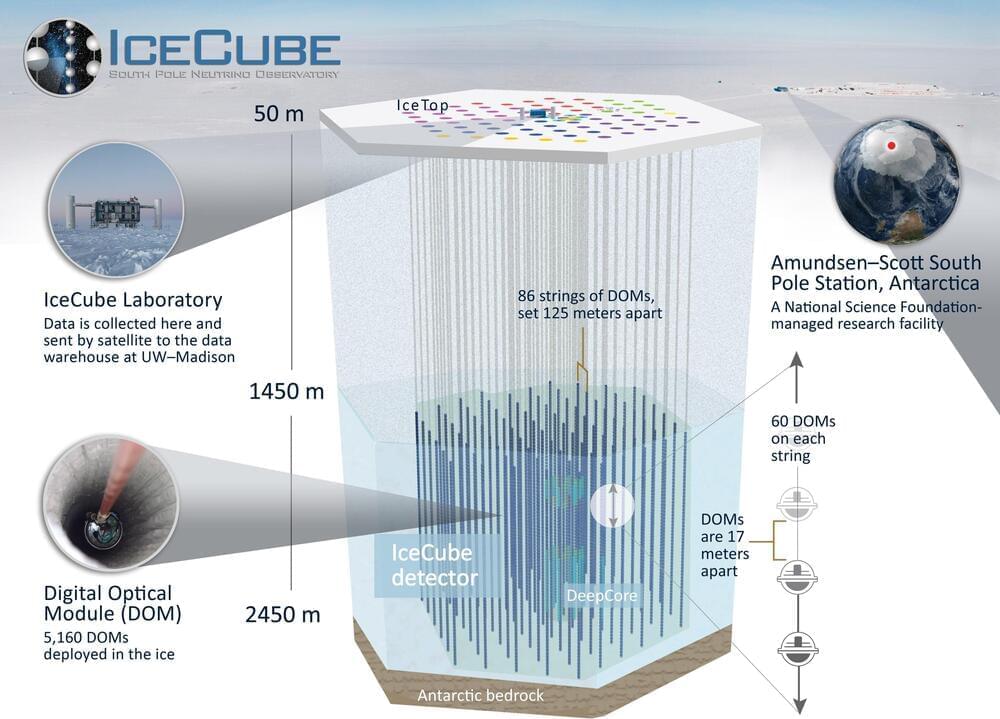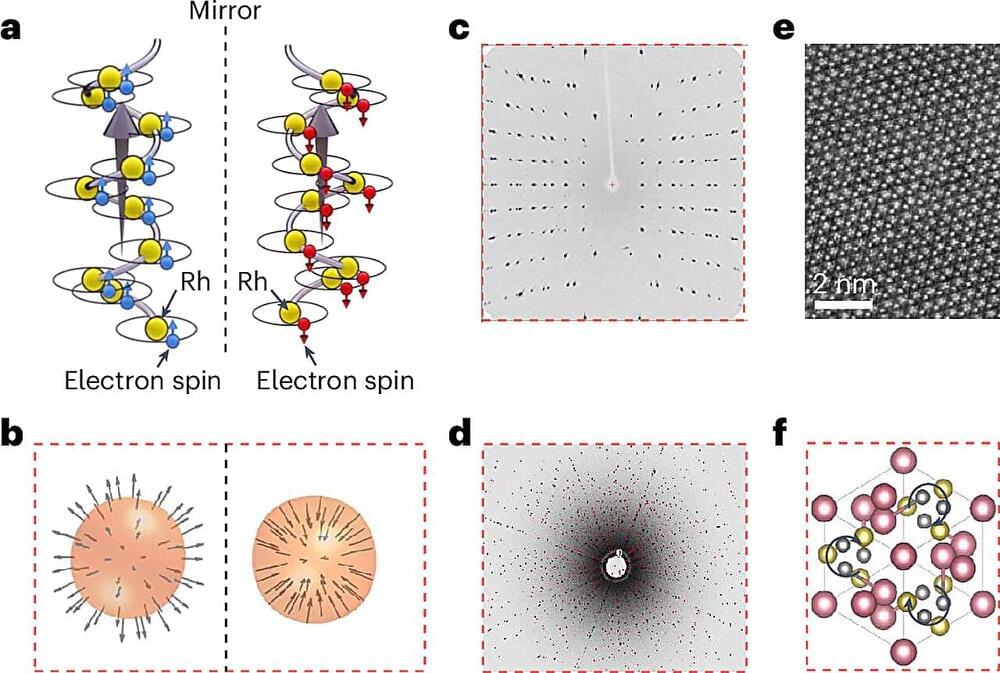Nov 26, 2024
Ed Boyden — The Future of Humanity | Xapiens Symposium
Posted by Dan Breeden in categories: bioengineering, biotech/medical, life extension, robotics/AI
This is the first symposium of Xapiens at MIT — “The Future of Homo Sapiens”
The future of our species will be majorly influenced by the technical advancements and ethical paradigm shifts over the next several decades. Artificial intelligence, neural enhancement, gene editing, solutions for aging and interplanetary travel, and other emerging technologies are bringing sci-fi’s greatest ideas to reality.
Continue reading “Ed Boyden — The Future of Humanity | Xapiens Symposium” »
